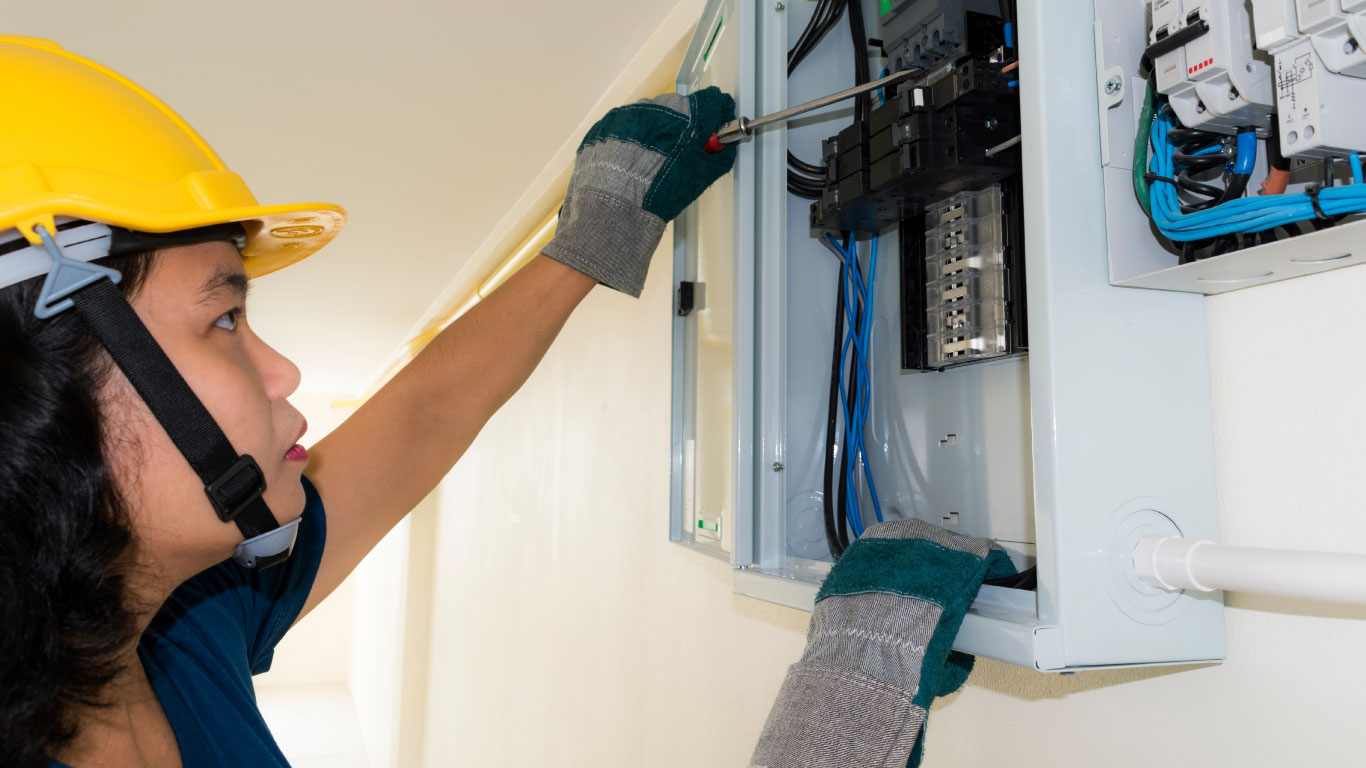
There’s always new housing and various types of buildings to be constructed, as well as renovations and retrofits for existing ones. And there’s always a need for service calls when something goes wrong.
For these scenarios, it means bringing in an electrician to install new wiring and equipment, remove outdated ones, and perform any necessary inspections or repairs. Typically, they are self-employed, or directly employed by maintenance departments of buildings and other establishments, and also by contractors.
And these days, it might be harder to find one. In the third quarter of 2022 (July to September), there were 5,275 job vacancies for electricians (except industrial and power systems) in Canada, up by over one-half (+51.6%) or by 1,995 positions compared with the same quarter in 2021.
Nearly all (97.7%) of the vacancies in the third quarter of 2022 were for full-time positions, a proportion virtually unchanged from the same quarter in 2021 (98.1%). In the same vein, over 9 in 10 (92.7%) vacant positions were for permanent jobs in the third quarter of 2022, a proportion little changed from the same quarter in 2021 (89.7%).
The average offered hourly wage was $32.35 for positions requiring a certificate or diploma in the third quarter of 2022, compared with $20.20 for those that did not require a minimum level of education.
As an indication of increasing labour shortage in the third quarter of 2022, over one-quarter (27.2%) of positions were vacant for 120 days or more, up from 11.3% in the third quarter of 2021. Over the same period, the proportion of vacancies which lasted less than 15 days was down to 18.9% in the third quarter of 2022, from 32.5%.
Less electric Cos. on the industry circuit
Across Canada in June 2022, there were 27,098 business locations in the electrical contractors and other wiring installation contractors industry, down slightly from 27,197 in June 2021. This industry is primarily engaged in installing or servicing electrical wiring and equipment.
Contractors in this industry may include both the parts and labour when performing work, and they also may perform new work, additions, alterations, maintenance, and repairs.
Over half (56.1%) of these businesses reported staff numbers in June 2022. Nearly three-fifths (58.1%) of them had one to four employees, while another 20.9% had five to nine employees on staff.
A spark in apprenticeships
In 2021, new registrations in apprenticeship programs (+31.1%) and certifications in the trades (+33.7%) saw significant increases from the year before. However, these figures remained below pre-pandemic levels.
Over two-thirds (70.4%) of apprenticeship certificates held by Canadians in 2021 were in the key fields of construction trades (such as carpenters, electricians and plumbers), mechanic and repair technologies and precision production.
From 2020 to 2021, there was a 37.0% rise in new apprenticeship registrations for electricians—the sixth highest rise among all trade groups, ahead of sheet metal workers (+34.6%) and heavy equipment and crane operators (+32.2%), but behind plumbers, pipefitters and steamfitters (+39.0%).
There was also a 43.2% year-over-year increase to 8,109 new certifications in 2021 for electricians. Spurred on by growth in the construction industry and high demand for housing, Quebec (+1,026 certifications or +133.6%) and Ontario (+765 or +34.3%) led this charge. Quebec, in particular, granted its highest number of certifications to electricians on record.
As always—stay safe when using electricity! Here are some tips and reminders so you don’t trip through your wires.
Contact information
For more information, contact the Statistical Information Service (toll-free 1-800-263-1136; 514-283-8300; infostats@statcan.gc.ca) or Media Relations (statcan.mediahotline-ligneinfomedias.statcan@statcan.gc.ca).
